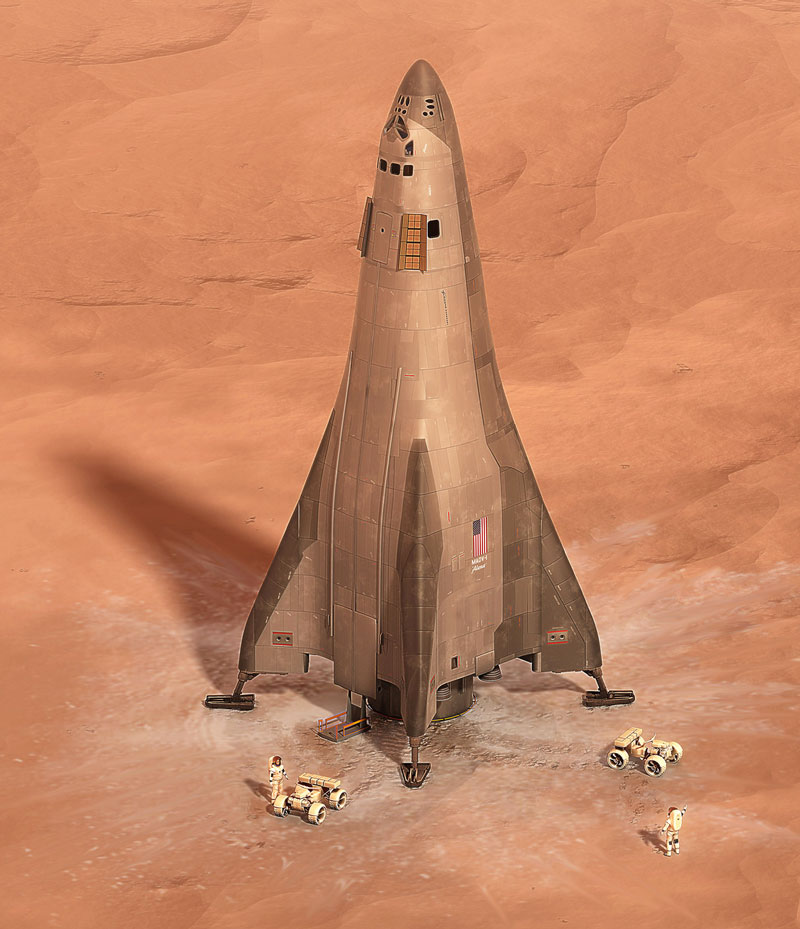TacticalHotdog
Member
NASA's goal to reach Mars is just over a decade away, and Lockheed Martin revealed Thursday how humans might soon walk upon the red planet's surface.
Lockheed Martin gave CNBC a first look at its new spacecraft prototype, which the company will unveil Thursday at this year's International Astronautical Congress in Adelaide, Australia.
"This is a single-stage, completely reusable lander which will be able to both descend and ascend," said Lockheed Martin's Robert Chambers.
Chambers is a senior systems engineer at the aerospace and defense giant, helping to lead the Mars Base Camp project. The concept is Lockheed Martin's vision for what may come after NASA's Deep Space Gateway mission, which will begin in the early 2020s.
Starting with testing near the moon under the NextSTEP program, NASA aims to develop the infrastructure needed to send people to Mars. Lockheed Martin is one of six U.S. companies under NASA contract to build prototypes for NextSTEP.
Built using technology from the existing Orion spacecraft, the lander is single-stage and reusable. Chambers says that developing a vehicle that could both land and lift off means "developing one less system," which cuts costs.
"We think you shouldn't invent anything new if you don't need to," Chambers said.
Chambers says his team plans to use cryogenic hydrogen as fuel because of the "water-based economy" they anticipate on Mars, where water can power both the orbital base camp and the lander. Lockheed Martin intends to send humans on a mission lasting around three years long: six to nine months traveling to Mars, 12 to 18 months on Mars and six to nine months traveling back to Earth.
"We designed a lander that can fuel in orbit, that has enough room to support a crew of four people for two weeks and then take off again," Chambers said.
This method means Lockheed Martin could provide NASA with the capability of flying three surface trips in one Mars mission. More importantly, Chambers says NASA could send a crew on the very first mission, as testing the lander unmanned would only require using one of three opportunities.
https://www.cnbc.com/2017/09/28/lockheed-martin-unveils-fully-reusable-crewed-martian-lander.htmlEntry into the Martian atmosphere is a separate hurdle for Chambers' team. Lockheed Martin's lander would utilize "aero braking," Chambers says. He said the SR-71 Blackbird the company's famed supersonic spyplane provided lessons about the atmospheric heat loads different materials can endure when it flew for hours and hours under extreme pressure.
"We're looking at how we solved problems 50 years ago with the SR-71 and learning how we can apply those now," Chambers added.
While it is unclear whether NASA's Deep Space Gateway mission will include landing on the moon, Lockheed Martin said its lander would also be capable of a lunar mission if required.
Full presentation here: https://www.australiascience.tv/liv...rtins-mission-to-mars/?linkId=100000001250669




